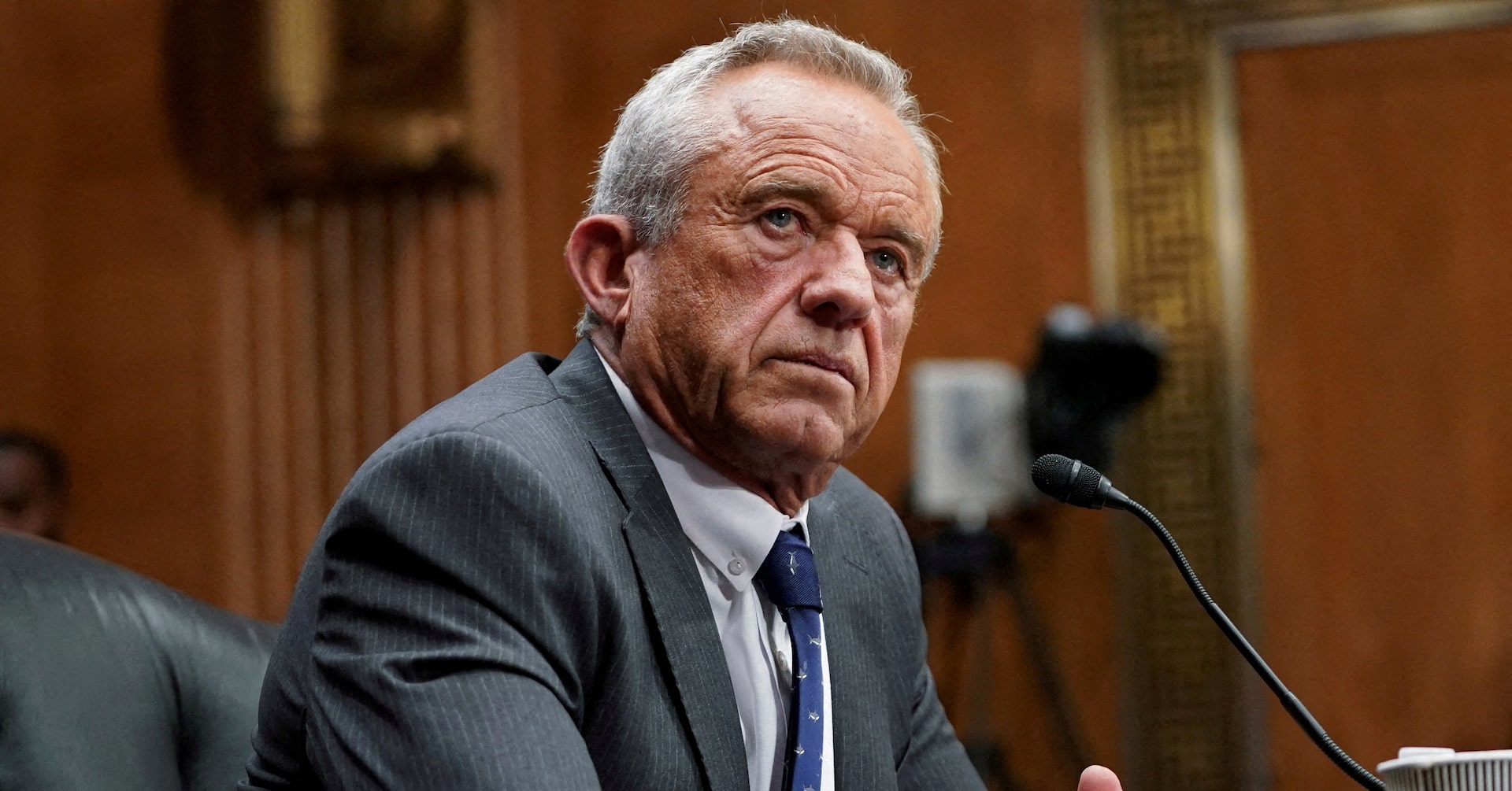Major Health Overhaul: Kennedy Administration Slashes 10,000 Federal Healthcare Jobs

In a sweeping administrative transformation, the U.S. Department of Health and Human Services (HHS) announced a dramatic restructuring plan that will significantly reshape its organizational landscape. Under the leadership of Secretary Robert F. Kennedy Jr., the department will streamline its operations by eliminating approximately 10,000 full-time positions and consolidating its regional presence by shuttering half of its existing regional offices.
This bold strategic move, revealed on Thursday, signals a major shift in the department's approach to efficiency and resource management. By reducing its workforce and geographic footprint, HHS aims to create a leaner, more agile organization that can respond more effectively to the nation's evolving healthcare and human services needs.
The restructuring is expected to generate substantial cost savings and improve operational effectiveness, positioning the department to better serve American citizens in an increasingly complex healthcare environment. While the changes will undoubtedly create challenges for current employees, HHS leadership believes the long-term benefits will outweigh the short-term disruptions.
